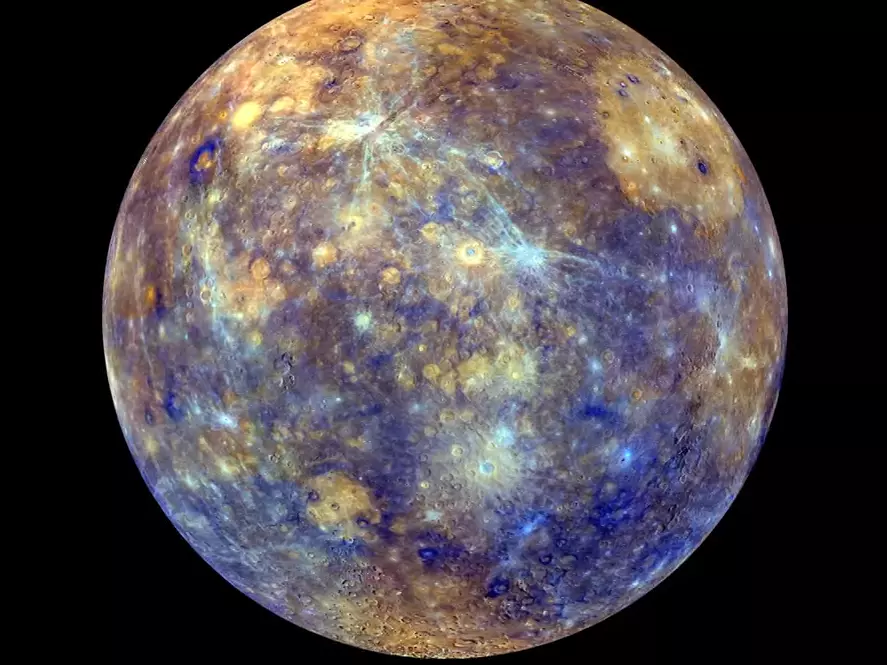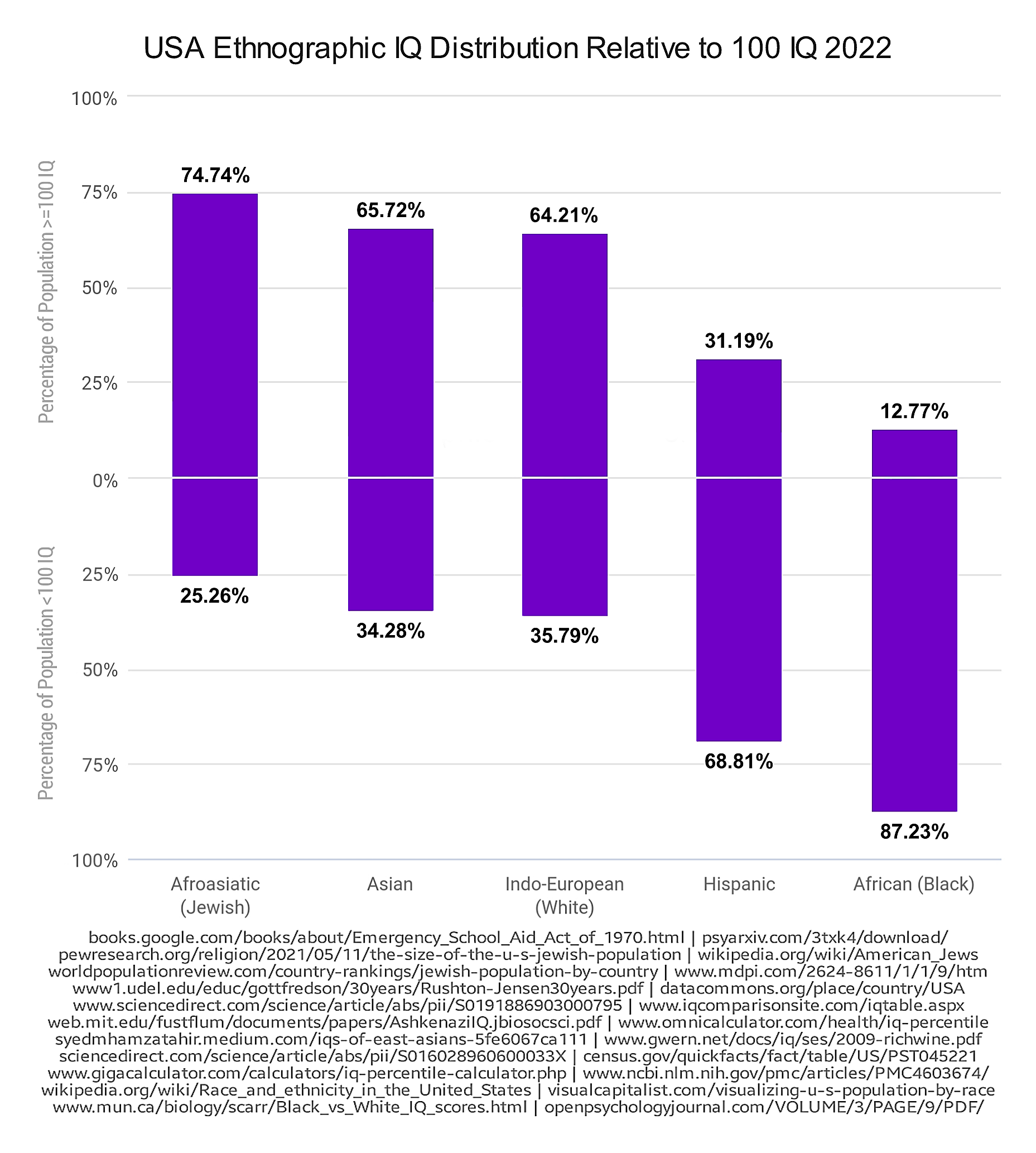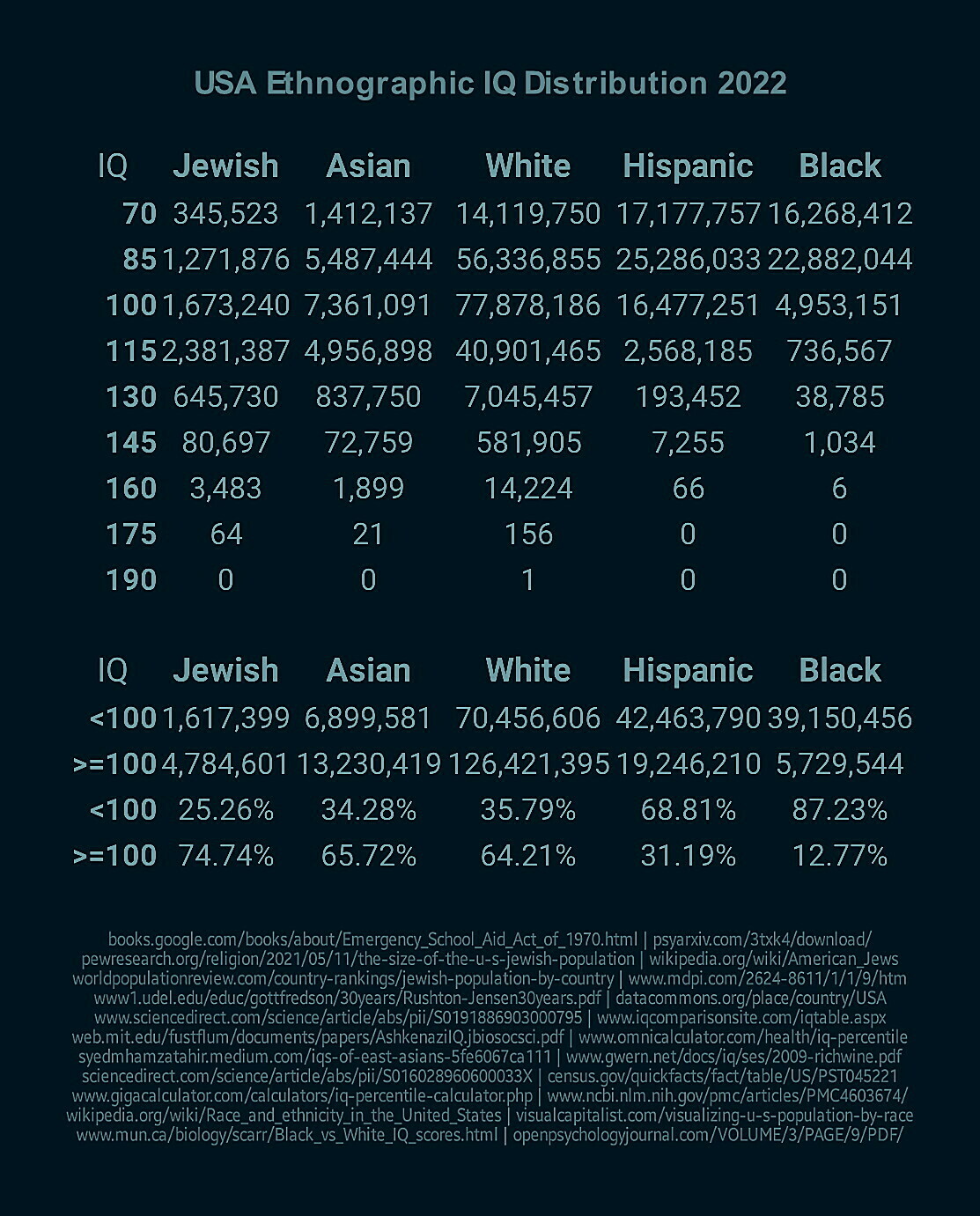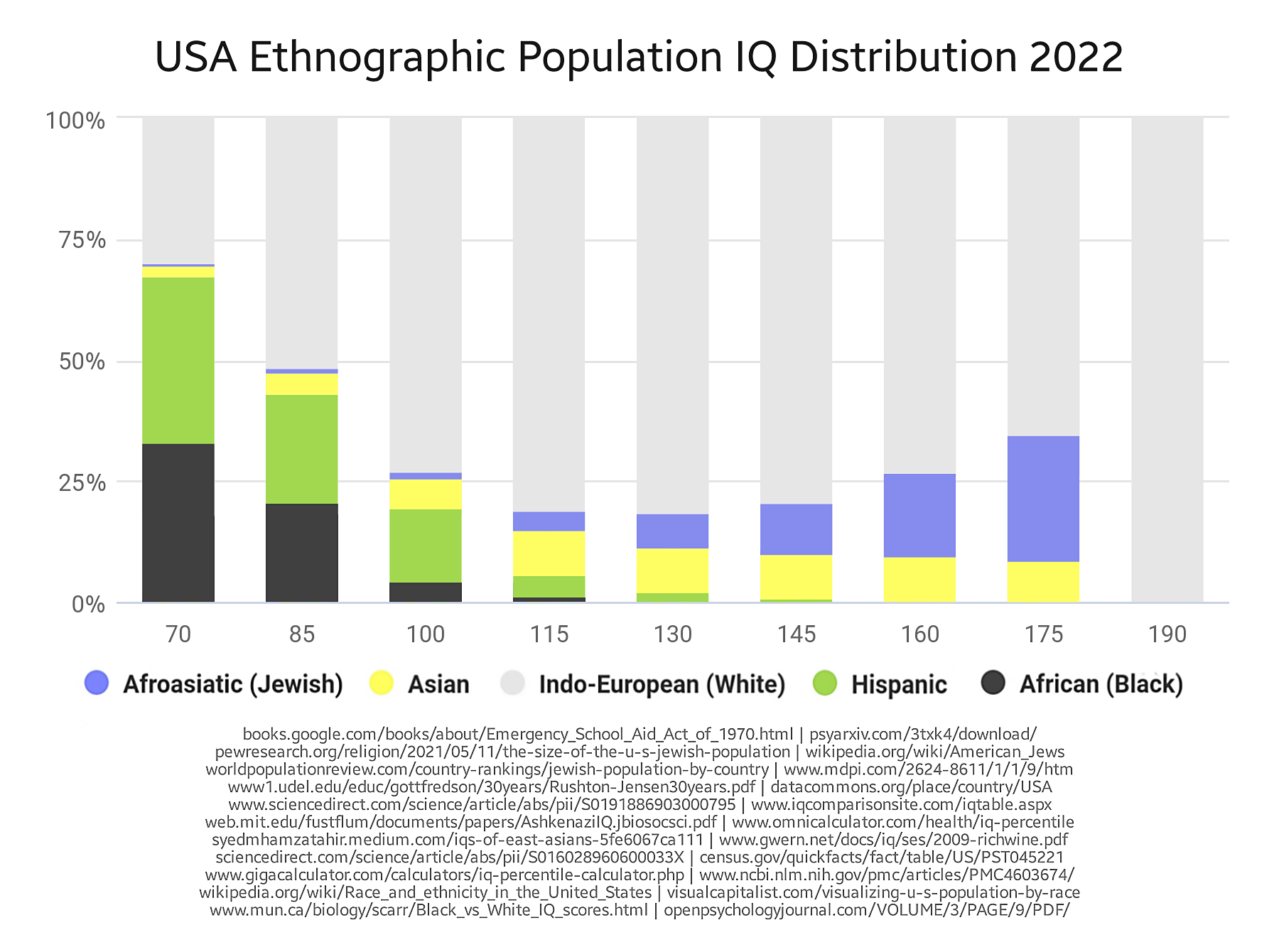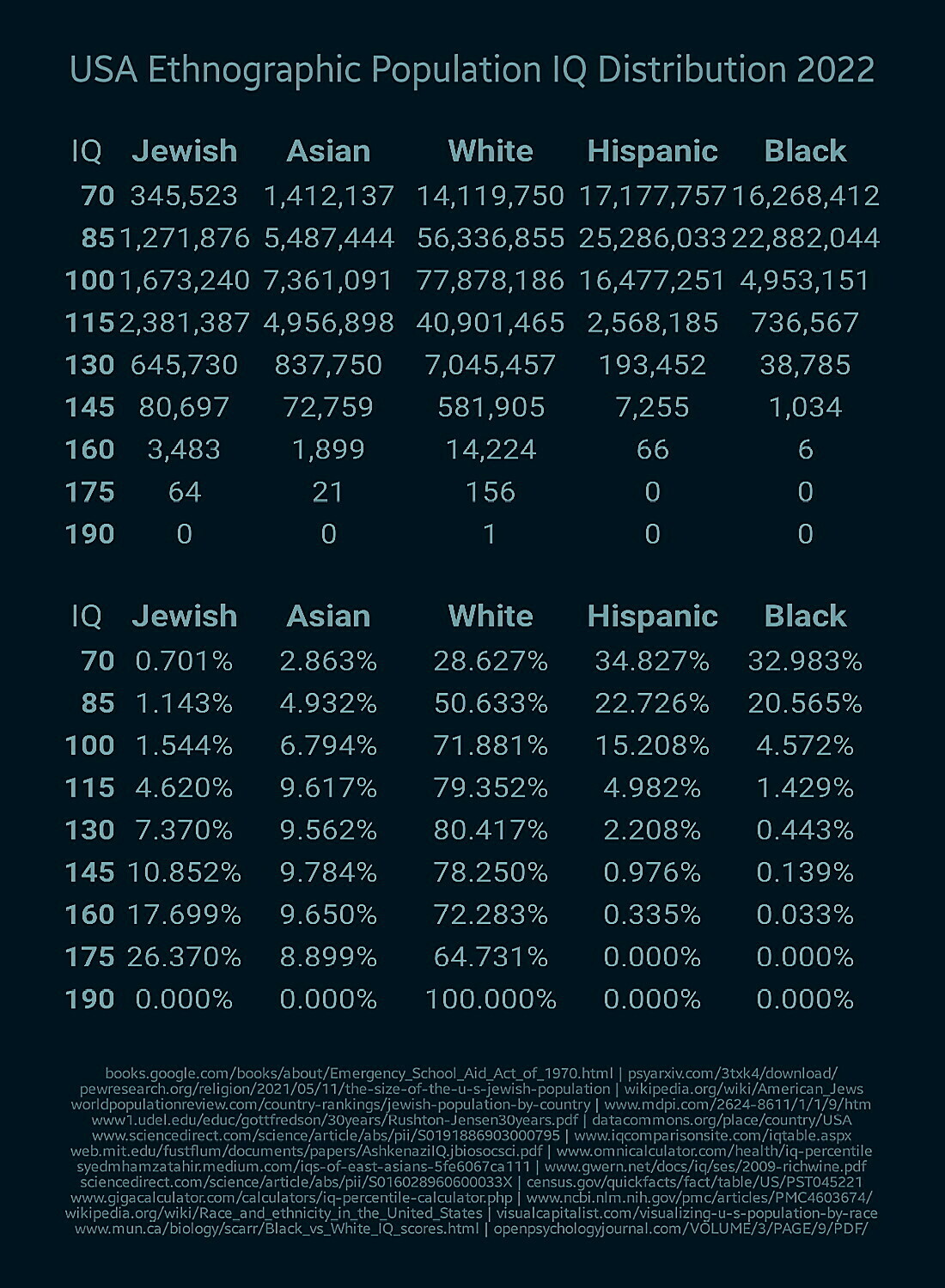#Happy #Navratri Day 4 – #Mercury

As the nine nights represent the nine planets, we will be having a planetary observance of Navaratri with an account of one of the planets for each of the nine nights. The fourth day of Navaratri is marked to #worship #Goddess #Kushmanda. The Fourth planet is Mercury. It is said that one should wear royal blue on this day, as it is considered good for health and wealth. Our colour for this day is #Royal-Blue!
Today is the fourth day of the Navaratri celebrations which are held for nine nights. All festivals are meant to remind mankind that they should cultivate noble qualities by engaging themselves in activities beneficial to one’s own self and society. Sai Baba has told that Navaratri, the nine nights, represents the Nine Planets.
In Hindu mythology, Navaratri celebrates the victory of Goddess Durga over Mahishasura, the buffalo-headed demon. She fought for nine days and nine nights before emerging victorious on the tenth day. Goddess Shakti in the nine forms is worshipped during the period for knowledge, wealth, prosperity and auspiciousness. Knowingly or unknowingly during this period we also recognise the primordial source of energy (Shakti), which manifests in all living and nonliving.
Sai Baba went on to say that each planet has its own significance. However, these planets are not outside, they are #within. So we take the opportunity to examine the energies of the planets within, and examine how the #Divine #Mother is related to these energies.
Mercury
Mercury is also known in #VedicAstrology as #Budha, the awakened discriminating #intellect – the part of us that knows. Mercury owns two signs, Gemini and Virgo. Mercury is exalted in Virgo at 15 degrees, and debilitated in the opposite sign, Pisces. Where the Moon is the innocent mind, Mercury is the intellect that discriminates between benefic and malefic ideas, or good and evil. Mercury is adept at dealing with duality.
Mercury does not have a distinctive personality of its own; it takes on features of the planets which are associated with it. Mercury, planet of communication, articulates and expresses whatever influence it receives from other planets. For this reason, brilliance of expression, adjustment and flexibility are common traits of Mercury. Mercury traditionally has the function of Messenger of the Gods; Mercury functions to take messages from Gods to Man and from Man to the Gods.
Mercury develops intellect. Taking duality, it enables the subjectivity of an idea to be objectified, and helps to understand the inner reality of external phenomenon. A favourable disposition of Mercury renders perceptive, clever persons who are good debaters, who can argue either side of a question and thus, we can often find that Mercury is strong in the chart of lawyers. Mercury is intellectual and careful with details.
Day Four
Goddess Kushmanda
Kusmanda – She Who brings #happiness
Kushmanda is a Hindu goddess, credited with creating the world with her divine #smile. Legend has it that Lord Vishnu was able to begin the creation of universe, when Goddess Kushmanda smiled and receded. She represents that form of Durga which is the source of all. Her name signals her main role: Ku means “a little”, Ushma means “warmth” or “energy” and Anda means “cosmic egg”.
Kushmanda is worshipped on the fourth day of the festival of Navaratri and She is believed to improve health and bestow wealth and strength. Goddess Kushmanda has eight hands and because of that She is also known as Ashtabhuja Devi. It is believed that all the power to bestow Siddhis and Niddhis are located in her japamala (rosary beads).
She rides on a #female #lion.
Legend has it that Goddess Durga gives birth to the universe in the form of Goddess Kushmanda. She is also sometimes depicted as pregnant with the Brahmand or universe. It is believed that the eternal darkness ended when she smiled. And this led to the beginning of creation. This form symbolises that Shakti is the primordial source.
Mercury and the Feminine
Vedanga – Jyotish ( #astrology texts) – tell us that Mercury is hermaphrodite, meaning s/he is bearing signification of both genders. It is more appropriate to say that Mercury is androgynous, neither male nor female. Androgyny is also known in this day and age as intersex.
Just as the Creation narrative has Kushmanda and Vishnu at the cause of Creation, so also we see the emergent glance of the androgynous Mercury, encapsulating this act of creation with the dual genders.
We have clues to the important role and function Mercury has with regard to the mind, the intellect and duality. #Shakti is the prime force behind all dualities and Shakti can be found linking subject and object, in the glance of Mercury. The mind is an energy field of Shakti with neuronal impulses and connections, creating an elaborate web of knowledge and self interest (referring to the autonomic nervous system and instinctive responses of the body.) The mind is a bundle of thoughts bound together by the shakti of memory. Thinking is guided by the intellect – which is called buddhi in Sanskrit. The buddhi is nearest the Soul and derives over 90% of its illumination from the Soul.
Significance of Navaratri
“During these sacred nine days (Navaratri), people go through the sacred texts such as Devi Bhagavatam, Ramayana and Mahabharata. People also worship the deities Durga, Lakshmi and Saraswati. Goddess Gayatri is the presiding deity of our senses. Savitri is the presiding deity of speech. All these three are within the same Principle of Truth. Gayatri Mantra begins with ‘Om Bhur Bhuvah Svah’. ‘Bhuh’ means materialization (Body); ‘Bhuvah’ means Vibration (Life Principle); Svaha means Radiation (Atma).
During these nine days, Goddess Shakti (Energy Principle) is worshipped. Truth, righteousness, peace, forgiveness are all expressions of the Principle of Shakti. Truth is the primal cause. There is nothing other than this. All faculties of energy are present in this Truth. So, consider Truth as your mother and follow it. The Vedas proclaim, ‘Satyam Vada; Dharmam Chara‘, which means speak the truth and follow the righteousness. Unfortunately, today people do not follow this. On the contrary they follow Asatya (untruth) and Adharma (unrighteousness)” Sai Baba. SS, 11/98, p. 284



